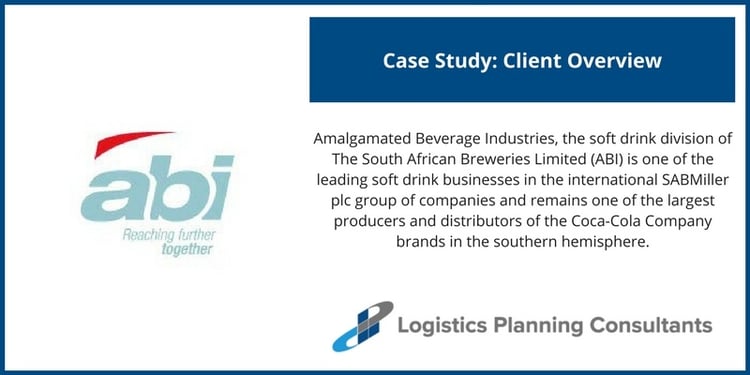
ABI the soft drinks Division of SAB Miller has operated in much the same way from both their wet (production) sites and dry (distribution) sites for years and new management and customer requirements warranted a move away from only side loaded vehicles to a proportion of tail loaded box trailers.
LPC had previously worked with SAB / ABI developing site and facility blueprint designs for future beer and soft drinks depot.
LPC were asked to review several sites to accommodate additional vehicle loading areas with associated load marshalling to provide an enhanced gate to gate metric. Any additional area required for the vehicle loading area was not to impede on the storage areas so storage levels had to be maintained. The brief also extended optimising the product pick areas.
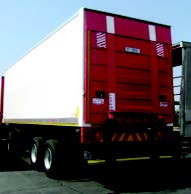
The proposal for the additional loading areas was to provide loading over dock levellers but there were several limitations in that a side loading area and the space required for the staging (parking up) of the side loading and tail loading fleets had to be maintained.
The siting of the docks in the existing facilities was the first and potentially the greatest challenge and whether to ramp down to the docks or raise the docks up on a platform while not impinging on vehicle reticulation on the site or to the staging areas.
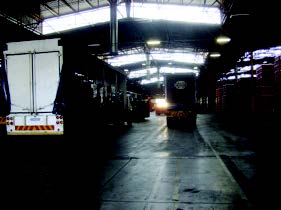
The specification of the docks was complicated by the combined trailer rear doors and tail lifts which were longer than standard lifts resulting in the need for deeper apertures to accommodate the lifts when docking the vehicle.
In order to generate the vehicle dock height there were two solutions. To either raise the dock leveller which would necessitate double handling i.e lifting up onto the dock platform, or ramping the yard down towards the dock leveller which had the negative effect of potentially impinging the vehicle reticulation in the yard.
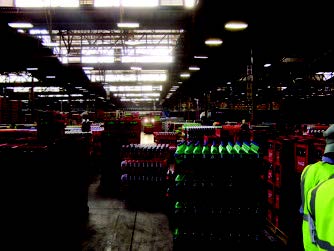
It was agreed with ABI that it would be more operationally efficient to ramp down back to the dock leveller. In two of the facilities the side loading remained within tunnels inside the warehouse while at other sites loading was to vehicles reversed under canopies. Load pre-marshalling for both tail and side loaded vehicles remained at ground level.
LPC also reviewed the layout and logic employed for the picking areas with a view to reducing the footprint, shortening the pick route and improving availability to the pick face. All of these could be achieved by the use of a mixture of three deep pallet live at ground level with two deep push back above as reserve stock for the faster moving SKUs, or just three deep pallet live / pallets on the ground for the slow moving product lines.
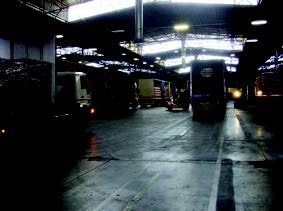
The resultant layouts achieved the brief plus allowed for a staged implementation and segregation of picking and replenishment activities.


